What is web design in South Africa?
A website’s a website, right? Wrong. An outdated, confusing or broken website will hurt your brand. We’re not saying it might hurt your brand, we’re saying it will hurt it.
So how can you set yourself up to succeed? You can create an awesome website by totally nailing your web design from the beginning. But what is web design, actually? Read on if you want to learn what web design is all about, why it matters so much and how to get it right.
—

Web design is what creates the overall look and feel when you’re using a website. It’s the process of planning and building the elements of your website, from structure and layout to images, colors, fonts and graphics.
Web design in South Africa has numerous components that work together to create the finished experience of a website, including graphic design, user experience design, interface design, search engine optimization (SEO) and content creation. These elements determine how a website looks, feels and works on various devices. Check out this in-depth guide on building a website, if you want to learn more about the whole process.
Web design is different from web development, which is the actual coding that makes a website work. When you’re building a website, you need both web design and web development. Although you can find web designers who are also web and UX developers, these are distinct skill sets.

Web designers take your ideas and turn them into a mockup that shows what your future website will look like. Web designers handle the creative part of designing a website.
Web developers—also sometimes called engineers or coders—take the mockup your web designer made and translate it into a coding language so it can be displayed on the web. They make websites functional, which often means custom-coding widgets and other tools.
A user experience developer, also known as a UX developer, is the one who makes your website user-friendly. They have technical skills as well as design skills and put them to work creating websites that attract and keep visitors.
Why is web design important?
—
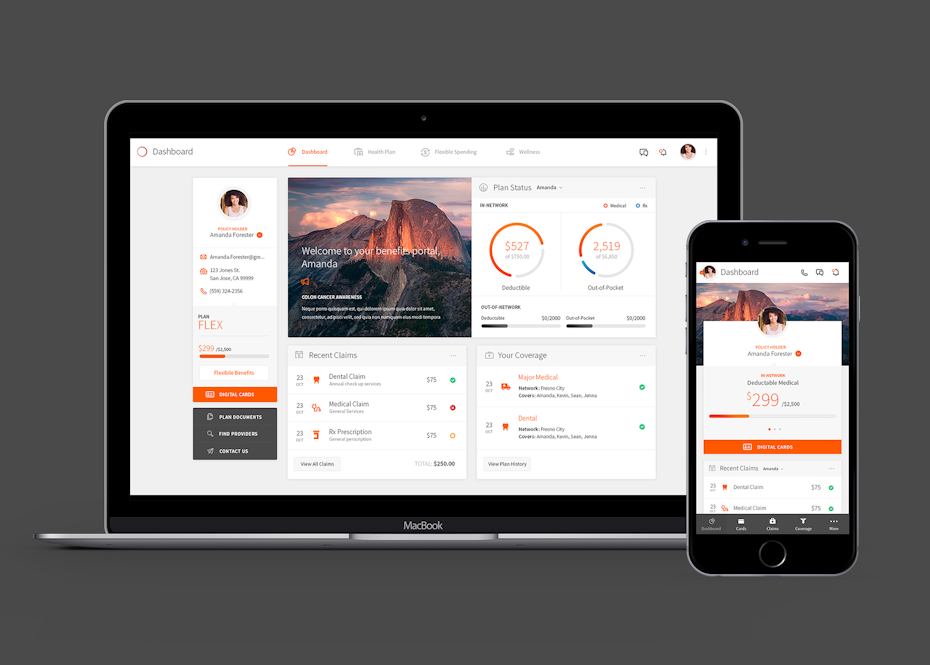
First impressions really matter. We can’t stress this point enough: if you don’t have a strong web presence, you’re holding your brand back.
Prospective customers who search the web for your brand and find nothing might think you’ve gone out of business. If they search and find something subpar, they’ll get the impression that you don’t care much about your company or product. Make every relationship that begins on your website a great one by getting your web design right.
Now that you know what’s what and who’s who, let’s look at some tell-tale signs of great web design and what distinguishes it from not so great web design.
What does good web design look like?
—
Good South Africa website design isn’t subjective. With other types of design, like illustration or sticker design, a lot of what constitutes “good” is up to the viewer’s taste. With web design, the line between “good” and “not good” is much more defined. A well-designed website is a website that perfectly creates the experience your visitor is looking for.
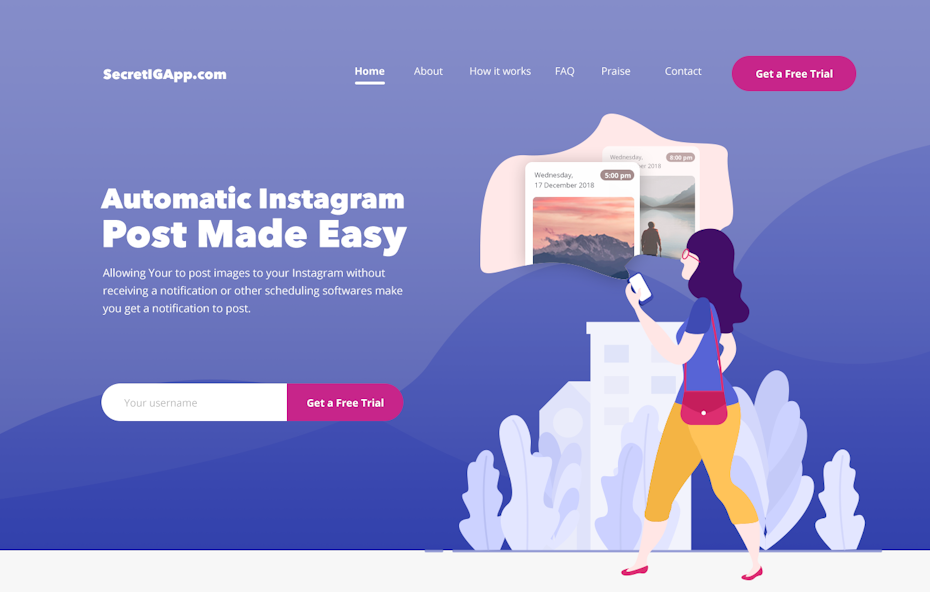
Web design that works is web design that converts. In webspeak, “convert” means getting the user to take a specific action. When a user follows through with an action that your website set them up to take, your website made a conversion. Conversions can be anything, like signing up for a newsletter, making a purchase, opening an account or accessing more content on the website.
Effective web design brings a few different elements together to promote conversions. These include:
- Compelling use of negative space
- Clearly presented choices for the user (the fewer choices the user has, the less likely they are to become overwhelmed and confused)
- Obvious, clear calls to action
- Limited distractions and a well thought out user journey (ie. using only images and text that are 100% relevant to the subject on the page, featuring only buttons that lead to desired actions and using font variations for emphasis and calls to action, not just for the sake of featuring different fonts)
- Responsive design (a design that resizes and reorients itself to the user’s screen, making the website easy to use on any device: phone, tablet, laptop or desktop browser.
- Appropriately sized fonts that follow a hierarchy (see “Limited distractions”)
- Relevant, high-quality content and images that hook your readers’ attention
- A balance between the amount of text and images on each page (too much text can overwhelm a visitor, too little text can be equally disengaging)
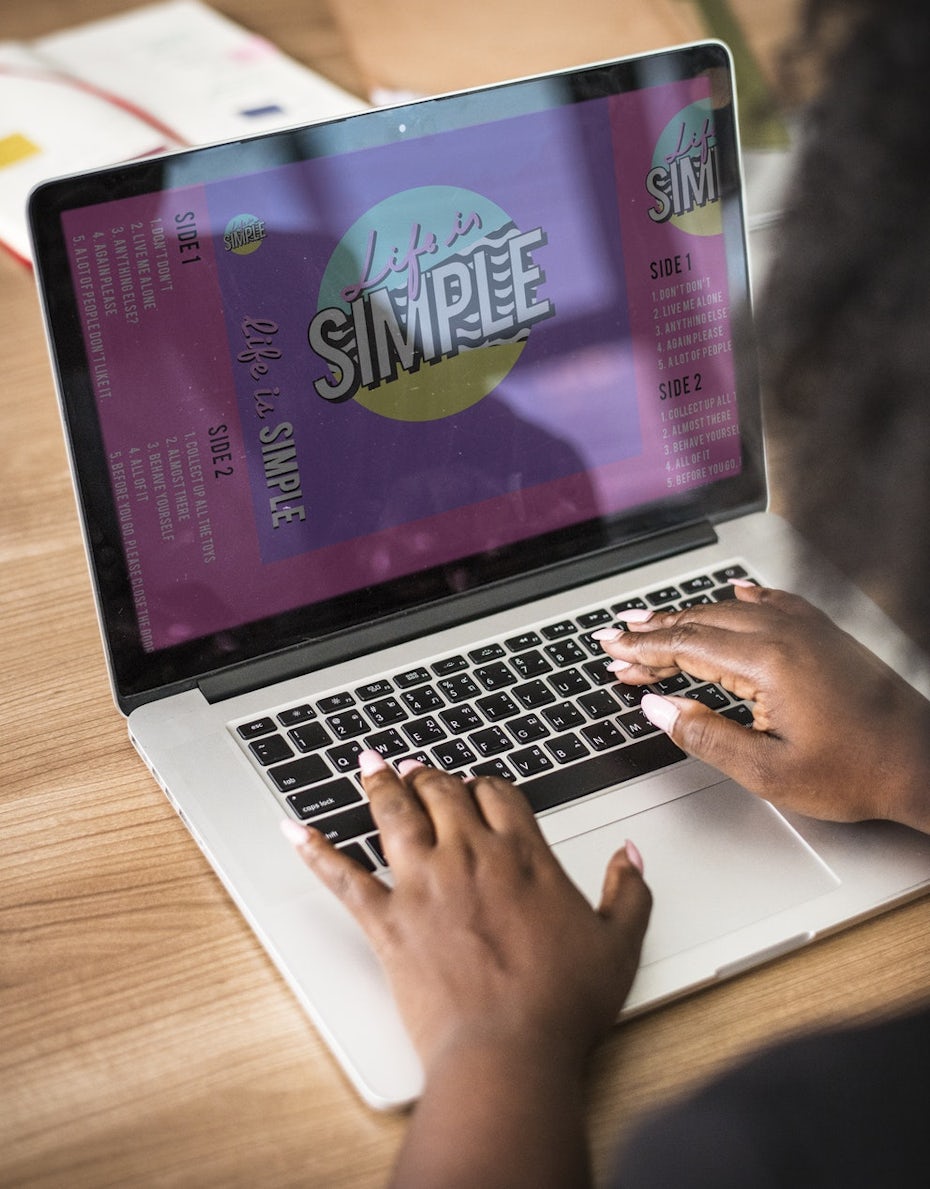
If you don’t think aesthetic design choices affect conversions, think again. Your website must be attractive—especially to your prospective user, so try to figure out what style is going to speak to them.
Invest in eye-catching images that work with your brand. Stay away from obvious stock photography. Learn more about using stock images here.
Remaining true to your brand is key to successful website design. Even the most gorgeous website is useless if it doesn’t match your brand.
Other building blocks of an effective web design are:
- Buttons
- Fonts
- Color palette
- The visual balance between your images and copy on each page
Of course, good web design isn’t just utilitarian. Visitors like websites that are engaging and fit the brands’ aesthetics. No matter how you achieve it, meshing an on-brand, engaging look with design elements that convert is how you win at web design.
Web design: what doesn’t work
—
We’ve gone over what good design is. Now let’s talk a bit about what it isn’t.
As a general rule, visitors shouldn’t have to do any work to use your website. The whole experience of using your website should be straightforward and intuitive.
Here are some examples: Clear calls to action are great web design; murky ones are bad web design. High contrast fonts are smart, effective web design; low contrast fonts that are hard to read are poor web design.
Here are a few other elements to avoid:
- Distracting images and backgrounds. As a general rule, stay away from tiled backgrounds. Though there are a few select instances where a tiled background could be a good choice, in most cases they’re distracting.
- Non-responsive design. Nowadays your website simply needs to be mobile responsive.
- Unclear links and buttons. Visitors shouldn’t have to hunt for links and buttons, they should be able to quickly see which images and pieces of text will take them to new pages or confirm their choices. Similarly, users should be able to clearly recognize fillable fields.
- Generic or irrelevant stock photos and filler text without valuable information.
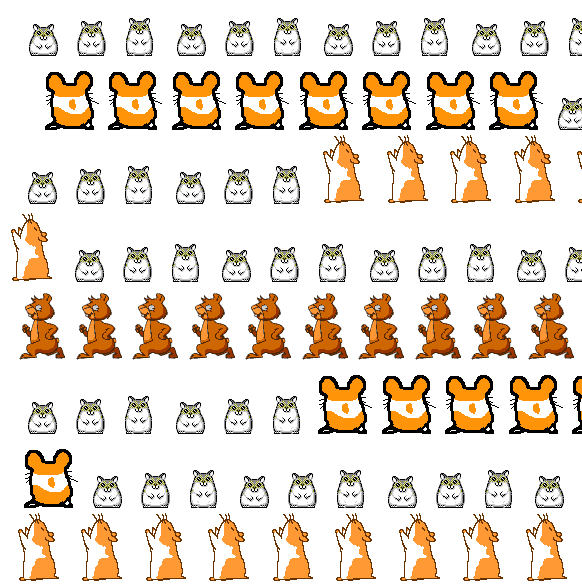
Certain web design elements, like grid layouts, aren’t inherently good or bad choices. They can be used in effective and ineffective ways, so taking care to do them right is a must.
Another tricky web design element is animation. It’s not 1999 anymore, you shouldn’t have a comet tail trailing the user’s cursor or make them scroll past a row of dancing hamsters to get to your content. But an animated exit pop-up that brings visitors’ attention back to your site and gets them to convert? Yes.
How to get web design done
—
Whew, getting web design right is a complex process and there are lots of things to look out for. Thankfully, you don’t have to do it alone. When you’re working with a professional web designer you can rely on their skill to get the perfect result.

There are a few different ways you can get the website you need. The way that’s right for you and your company depends on how complex of a website you need, how much you want to spend and how much of the work you can do yourself.
You can work directly with a freelance web designer. Simply browse designer portfolios and pick the designer you like best and who fits the style and look you’re going for. A freelance designer can customize an existing template or design a completely fresh template for your website. If you want your website built from scratch, you can work with a freelancer who has the skills to make it happen.
If you need help coming up with ideas for your website design, host a contest. On a platform like 99designs you can host a design contest by providing a brief and having designers submit designs based on your specifications.
Creating your own site with a template-driven website builder (like Wix or Squarespace) is also an option. You’ll need to be more hands on and if you’re not a designer you will be limited to what these platforms offer, but you can always hire a designer to customize a template for you.
You can also work with an agency that builds custom websites. Pick this option if you need to build a complex website from the ground up, but be aware that this end-to-end solution will cost you more.
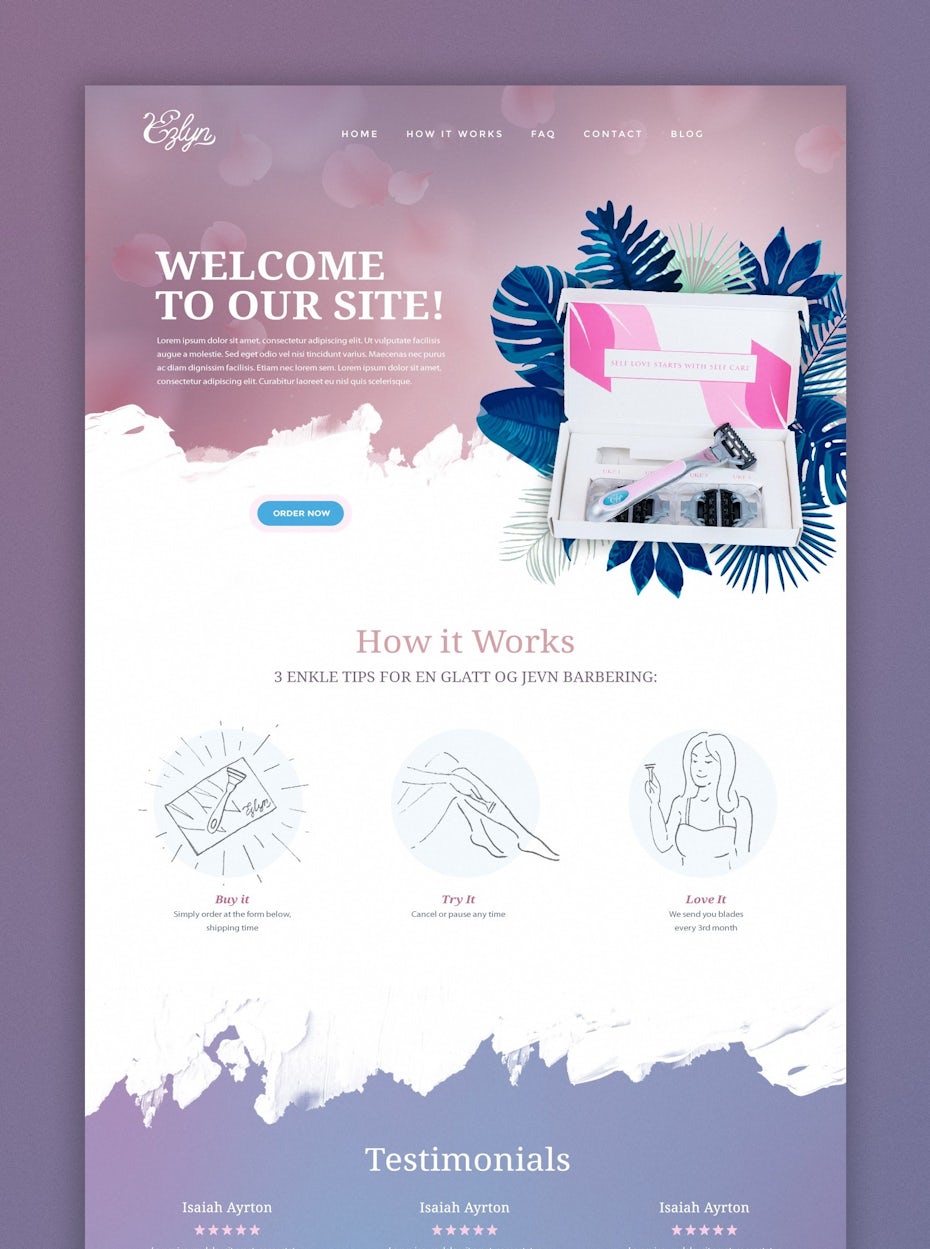
Be prepared to invest in high quality web design. Your web design could cost a few hundred to tens of thousands of dollars, depending on its complexity. What you’ll spend is proportionate to what you need.
So how do you know if you need a custom-built website or if a template will do you just fine? That all depends on what you need your website to do and what you plan for it. If scaling is part of your business plan, get a custom website. If you need it to be search engine friendly, if you need to adapt it to various business needs, if you have very specific ideas about the website that demand that it be built to your specifications, you need a custom website. When these aren’t priorities for you and you don’t have a large budget, a customized template is the way to go.
Creating a website that works
—
By taking a hands-on role in your website’s design process, you’ll guarantee that you’ll get a website that meets or exceeds your expectations. Tell your web designer about your brand, your voice and what you plan to achieve with the website. The more information they have, the more equipped they are to deliver the perfect web design for you. Explain your vision to them and then let them work their magic.
How much does website design cost in South Africa?
Our affordable website design packages & prices in South Africa start from R2500 once-off. We have custom packages for customers looking to dominate their competition on the worldwide web – R3700
Solutions for e-commerce and online stores – R10 000
About the Author
Lindsay Kramer- Lindsay is a copy and content writer who loves all things creepy, beachy, and cheesy. If something somehow hits all three, all the better. Aside from writing, her interests include making art, reading tarot cards, and exploring new places. Learn more about Lindsay’s writing services at lindsaykramercopywriting.com


